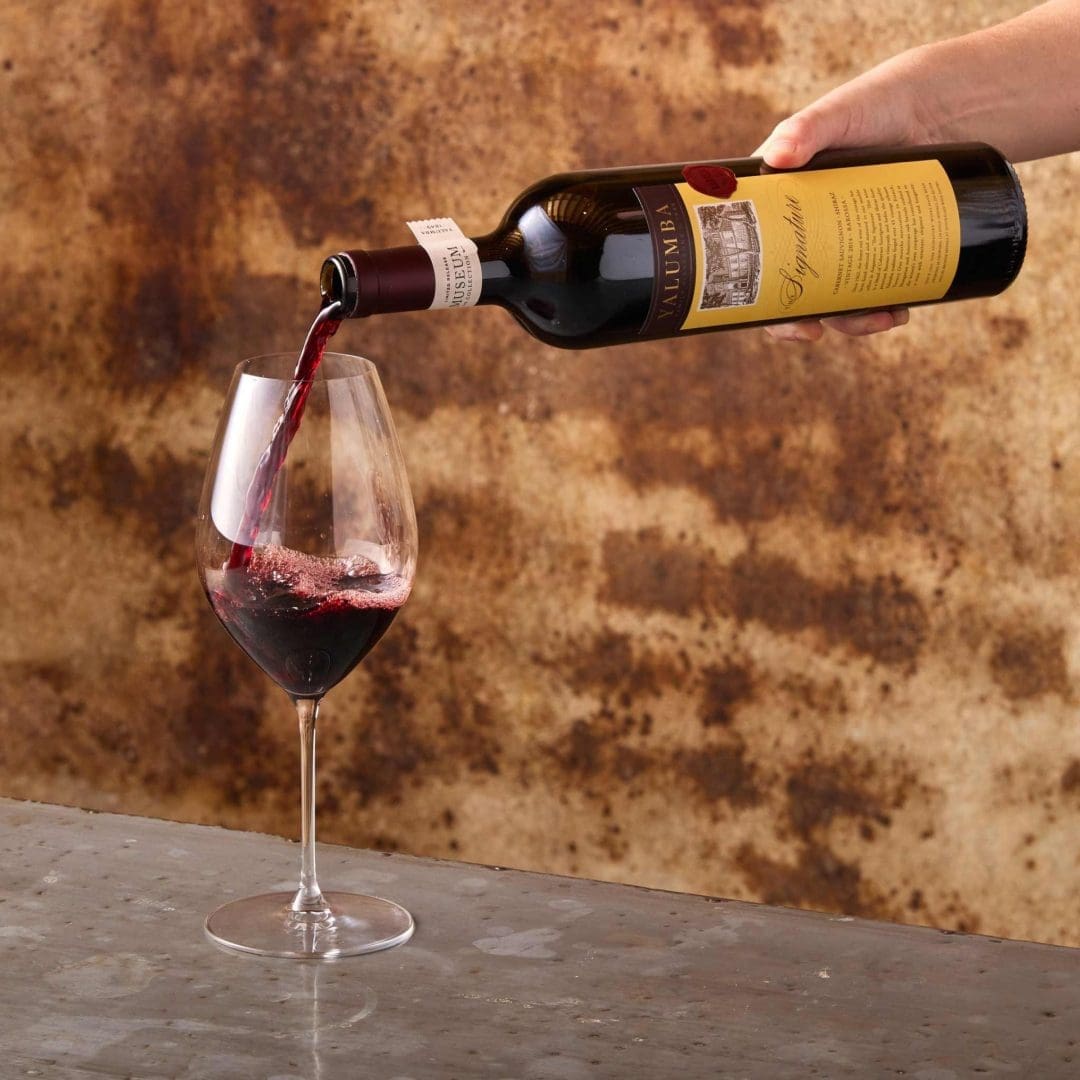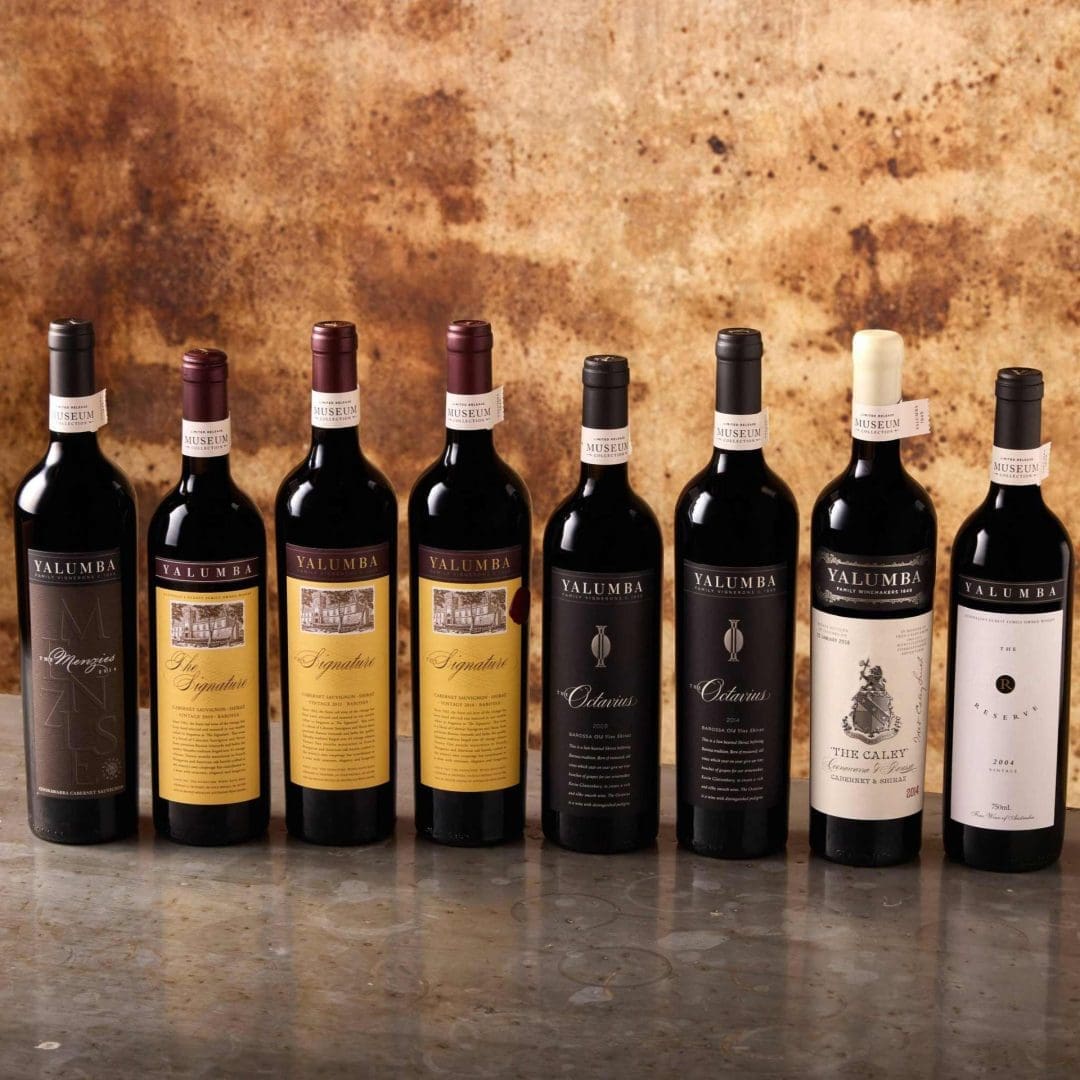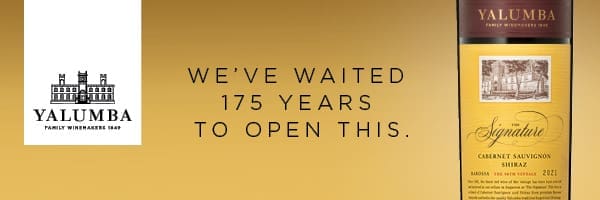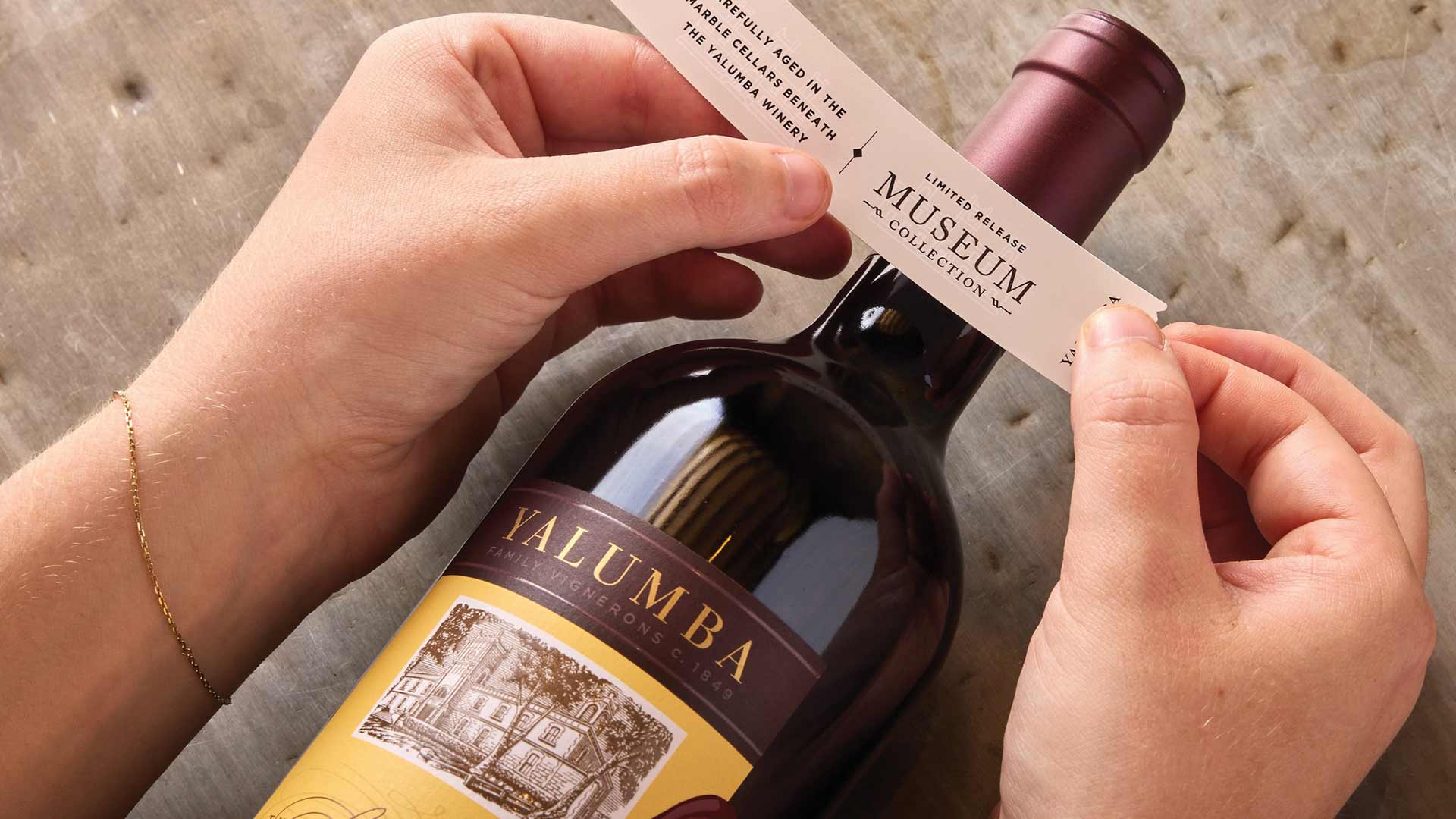A taste of 175 years of wine knowledge
It’s not every day you get to drink some of the best red wine you’ve ever tasted – and guilt-free at 10am either! But that’s because I was lucky enough to spend an hour tasting Yalumba wines with the affable and extremely knowledgeable Robert Hill-Smith; current Yalumba supremo and sixth generation descendant of Samuel Smith – the man who founded Australia’s oldest family-owned winery way back in 1849. Robert was here in Auckland to promote the launch of the 2024 Yalumba Museum Collection, a selection of Release Wines Yalumba have been holding back – just for this year…
So what instigated you to bring out the Yalumba Museum Collection?
We just wanted to celebrate 175 years as a family-owned winemaker in Australia. And that’s one of the reasons why we have released some of these wines. We’ve deliberately held them back to celebrate this anniversary.
The Museum Collection features a lot of Cabernet Sauvignon and Shiraz?
Well, that’s our history, our tradition, really and our region is more skewed to red, probably, in many ways. It punishes us at times, depending on how fashion and food trends are going! But we have the oldest vineyard planted in Australia, on which we pioneered Coonawarra, the spiritual home of Cabernet in Australia. And then we have a very traditional blend of Cabernet and old Shiraz, in our Signature offering from the sub region of Eden Valley in Barossa Valley.
You also have a Reserve in the Collection; you famously don’t put a Reserve every year do you?
There have been seven years since 1962 when we haven’t deemed the wine worthy of release as a Reserve. Those are the years where maybe Mother Nature has just dealt you a bad hand with a weather event at the wrong time. It’s not that the wine isn’t good, it just doesn’t look like the traditional profile of the Reserve.
So you’re protecting your brand. You’ve set the bar incredibly high, and you need to match it?
You work so hard on the creation of a particular star release; to create loyalty around it – you’ve got to protect that. I mean, we could still release it as a Reserve and say, maybe 80% of the people who like that style will still buy it and not really comment. But the other 20% will know it doesn’t quite live up to the reputation. So you’d be letting them down and letting yourself down as the winemaker as it diminishes the story and the provenance, the tradition of the label that you’ve built – in our case over 175 years.

What happens to the rejected Reserve in that case?
It just sort of trickles down. For wineries such as ours, we’ve got our high-end offering, our showcase. Then we’ve got another tier which are called Distinguished Sites which are wines made from a specific vineyard site. Underneath that we have premium offerings Coonawarra Cabernet and also Shiraz, Cabernet and Shiraz. So if the would-be Reserve has a style, a character, that integrates beautifully with what you’ve already crafted, it finds a home there.
And you just eat the loss?
That’s the nature of horticulture and agriculture. Some years, you’ve just got to roll with it. Well, that’s what we bought into 175 years ago.
You’ve also got one here in the Collection called ‘The Menzies’. Anything to do with the old Aussie Prime Minister?
Yes, and there’s a bit of a story to that! When we bought this vineyard, it was called Thompson’s after the man who owned it, but in the 60s Menzies came to speak at a stock exchange function in Adelaide. And out of the blue Menzies said, as he rose to speak, ‘Could you all please stand?’ So everyone, you know, immediately rose from their seats. Menzies said, Will you please now pick up a glass of red wine at your table?’ So they all dutifully did that. And he said, ‘Gentlemen, before I speak, I wish to acknowledge this to be one of the finest red wines I have ever encountered in my lifetime. And I want you all to toast it as one.’
Cool! So you renamed the vineyard after him?
We kind of had to as the wine became a bit of a collectible, particularly in the wine fraternity. So we honoured that story.
Which is stronger; terroir or the winemaker’s skill?
It’s a potpourri really. So many things go into making wine. You’ve got nature, the plant, the soil, and then the climate, or the way we call it, the climate of the growing year, giving you a bunch of grapes. We taste the berries constantly, determining picking dates for flavour development and at that point the winemaker determines stylistically what happens afterwards. So, it is a craft, because we work very hard at understanding exactly what the character and personality of that vineyard – you can call it terroir – is in any one year.

So you know the character personality of each vineyard?
I have what I call a postcode approach to the wine we make and that is; what variety does best year on year in a particular place. So when we started winemaking in the 1850s – and for 100 years after that – we were generalists. You know, we made a bit of this and a bit of that – then took whatever we had to market, to supply whatever people were drinking at the time.
But now, we really know our region and my view is that Coonawarra does pure Cabernet Sauvignon better than anywhere else in South Australia. And so equally, as a wine maker, if I was to make Pinot Noir, I wouldn’t choose Coonawarra. I’d go searching for sites that with an aspect, predictability, that give me or us the best chance of crafting a superior Pinot.
It’s the same over here, each region of New Zealand has a reputation for a flagship variety. So if you want Pinot Noir, you go to Martinborough or Central Otago. If you want Chardonnay, you might go to Hawke’s Bay. If you want Sauvignon, it’s Marlborough. It doesn’t mean they can’t do anything else but it can be hard to convince people otherwise.
And in Australia, it’s gone the same way, you know, and now, I probably just say Pinot Noir has various postcodes, such as Tasmania, Mornington, Yarra, and then after that people go, ‘Well, why would I buy Pinot from anywhere other than those three? They do it for me.’
People wine shop by region?
Yes. Hunter Valley owns Semillon, Eden Valley owns Riesling. Margaret River has Cabernet and Chardonnay. It’s almost like eating in the neighbourhoods, you know, you’ve got an Indian street that does Indian really well, a street that does Vietnamese very well, an Italian neighbourhood.
Now, apparently you also have your own Cooperage on site at Yalumba?
Yes, we’re the only winery in Australia – and arguably the only one in the southern hemisphere still with our own barrel making team right at the winery. I call it an accountant free zone! But to us it’s a very tangible proof of our respect for our traditions.
What sort of oak do you use?
A mix of American, French and Hungarian depending on what Mother Nature’s delivering us, all have different grains and personalities. We also mix new and first and second year usage and not 100% new oak every year. We don’t do that anymore. We think that that era of assertive, fresh oak dominating aroma and flavour is behind us both in Chardonnay and in red wine making. Oak is there to help make the wine but not impress the consumer by being overly out and in your face.
You spell some of this information out on your website too. Is this becoming more across the board throughout the beverage industry? Whisky, for example, is getting more transparent. Is it fair to say the customers are driving this?
Yes. And as you would know at the magazine, digitalization has made this a lot easier to deliver too. But it’s no surprise that customers want to know everything about the products they want to buy – there’s so much fraud out there. Especially at the high-end.
Has it happened to you?
Well, if someone was seeking to fraudulently deceive the purchaser, with one of our old ones, we might on one hand, take it as a something that we could be semi proud of!
A back-handed compliment?!
It would be! But at the end of the day, the auction house, or the vendor, has duty of care to the customer. And these days they are much more thorough in their investigative practices and proof of authenticity than they might have been 20 or 30 years ago. But they have to be really as there’s been an upsurge of interest lately in countries that had never really, in my lifetime shown great interest in high-end, fine wines in the past.
Rich Indians and Chinese?
And Russians. Those are the countries where most of this high-end fraud has been attempted.
But not in Europe?
Oh, there’s been some history around negotiations in Burgundy and Bordeaux where there’s been a little bit of fiddling, but it was more in the blending. Some Spanish wine goes into a high commercial somewhere, just to get their average price down or to alter the flavour profile.
So it’s a bit like international art fraud?
It is! There was a great story a while back where a well-known European winemaker saw one of his own wines up at an auction in New York. But it was a magnum – and from a year where he hadn’t bottled any magnums.
That’s how he knew it was a fake!
Yeah, so he flew over to New York, to the auction. And when the woman came up to the auction, he stood up in front of everyone and declared that this was a fraud.
Great movie scene!
It was! And it blew the whole thing open. Then they tracked back to find the scammer, but it’s no surprise this kind of thing is attempted really, there’s so much money at stake. I mean, they’re not going to try that with something cheap and cheerful are they?
You can discover for yourself just how good the 2024 Yalumba Museum Collection Release Wines are at… Negociants



